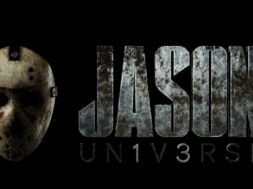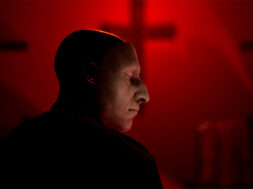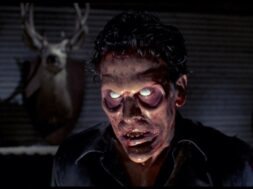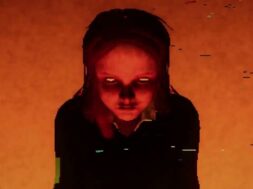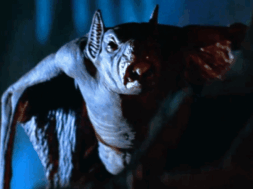For some, the Legacy of Kain series has made for wonderful memories of action-packed horror; for others, however, the series may still be unknown, which is a shame given how enthralling the games can be. You might know where I’m going with this given that today marks the twenty year anniversary of Legacy of Kain: Soul Reaver.
Having released on the PlayStation and PC (the Dreamcast port having released in 2000), Soul Reaver was a delightful blend of hack and slash gameplay, puzzle-solving, and gothic aesthetics. In Soul Reaver you took on the role of Raziel, a vampire-wraith lieutenant of the vampire Lord Kain; fun fact for those who haven’t gotten a chance to play these games, the previous entry in the Legacy of Kain series had the player controlling Kain. Upon finding out Raziel has surpassed him in vampiric evolution, Kain has him stripped of his wings and killed. After some time has passed, Raziel’s body has rotted away, but he is revived by The Elder God, who in turn makes Raziel his soul reaver and instructs him to kill Kain. From there, Raziel moves forward seeking revenge, laying waste to a variety of enemies.

Soul Reaver offered the player a variety of intriguing ways to take down foes; when going up against other vampires, Raziel could toss them into the sunlight and impale them. When pitted against humans or other spectral creatures, Raziel had the option to use his claws or any of the game’s other melee options, such as spears and staffs. One of Raziel’s most powerful weapons, the Soul Reaver sword, could be set aflame by baptism in holy fire, engulfing an enemy in flames when struck by the sword. Raziel would learn new abilities over the course of the game like constricting enemies with a band or energy and shooting firebolts. He would also discover glyphs throughout the game that would give him extra power in defeating his enemies; some of these powers involved vampire weaknesses such as sunlight, fire, and sound.
Regarding Soul Reaver’s puzzles, Raziel had a special ability which would allow him to shift from the physical world to that of the spectral realm. Where he could only interact with objects in the physical world, the spectral realm would allow him to phase through objects such as gates. The shifting ability would also come in handy to walk across a body of water, given that water is a weakness for him; that said, he eventually learns the ability to swim.
The setting of Soul Reaver is one of its strongest features, its fictional world of Nosgoth exuding an ominous atmosphere. From the arcane design of dungeons to the ethereal air of the spectral realm, Soul Reaver offered players a variety of creepy locales for them to adventure through. Adding to this presentation was the game’s cutscenes, which for the time, provided a great touch of emotion to the narrative’s dramatic element; this is thanks in part to the graphic detail of the characters, as well as that of the voice work. These cinematic components would all come together to make for Soul Reaver’s unique appeal in providing a theatrical horror experience.

At the time of its release, while critics did point out some negative aspects, Soul Reaver primarily saw positive reviews; the title holds a 91% on Metacritic. Noting the game’s well-done gothic atmosphere, Soul Reaver also garnered praise for the detail of its cutscenes, soundtrack, storyline, and its shifting planes mechanic. The series would go on for three more titles, one being Soul Reaver’s direct sequel, Soul Reaver 2 on the PlayStation 2.
While there have been other horror hack and slash titles like Devil May Cry and even Sekiro, there hasn’t been anything along the lines of Soul Reaver in some time. It would be incredible to see a remake of Soul Reaver today, or even a continuation of the story; to return to the adventures of the Legacy of Kain series and journey through a world full with haunting tension and vampires. With the game’s gothic feel and intriguing environment, along with its narrative and action gameplay, the Legacy of Kain: Soul Reaver stands to this day as a classic.


